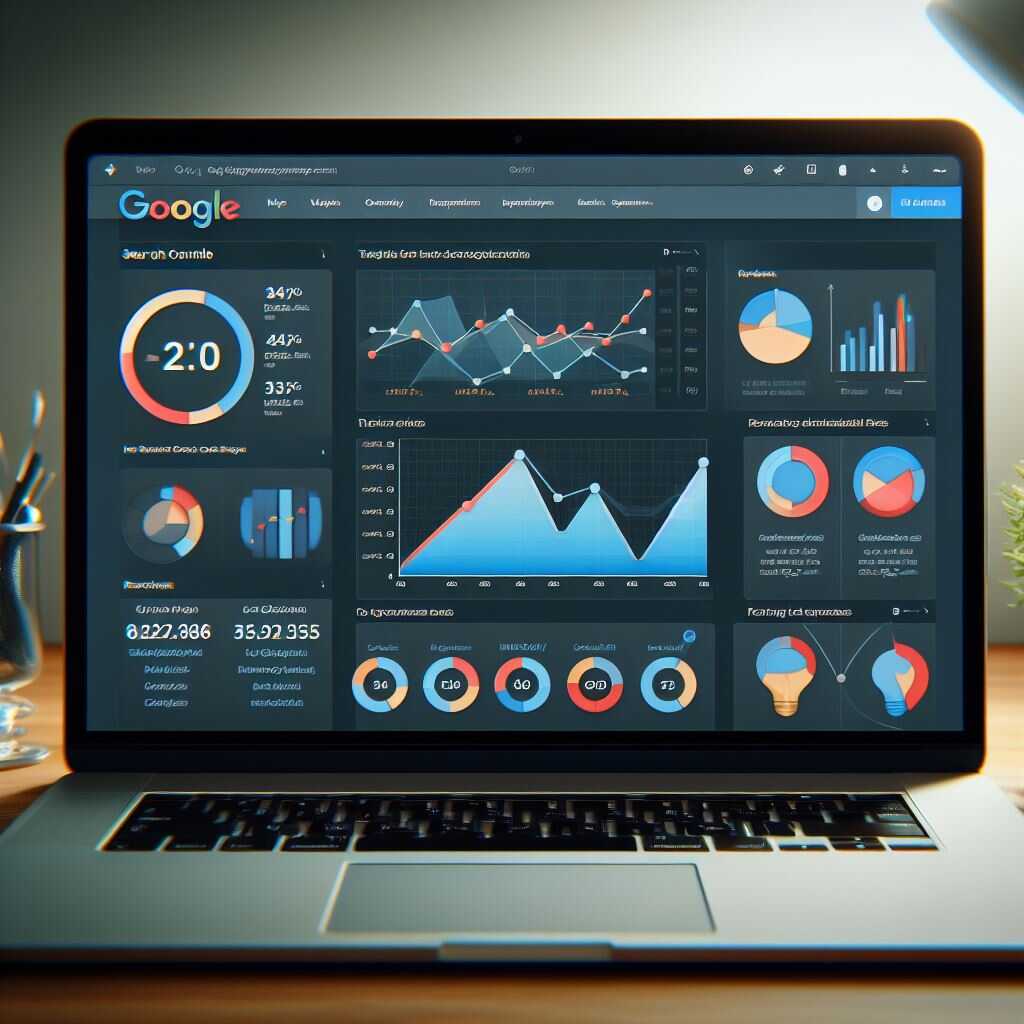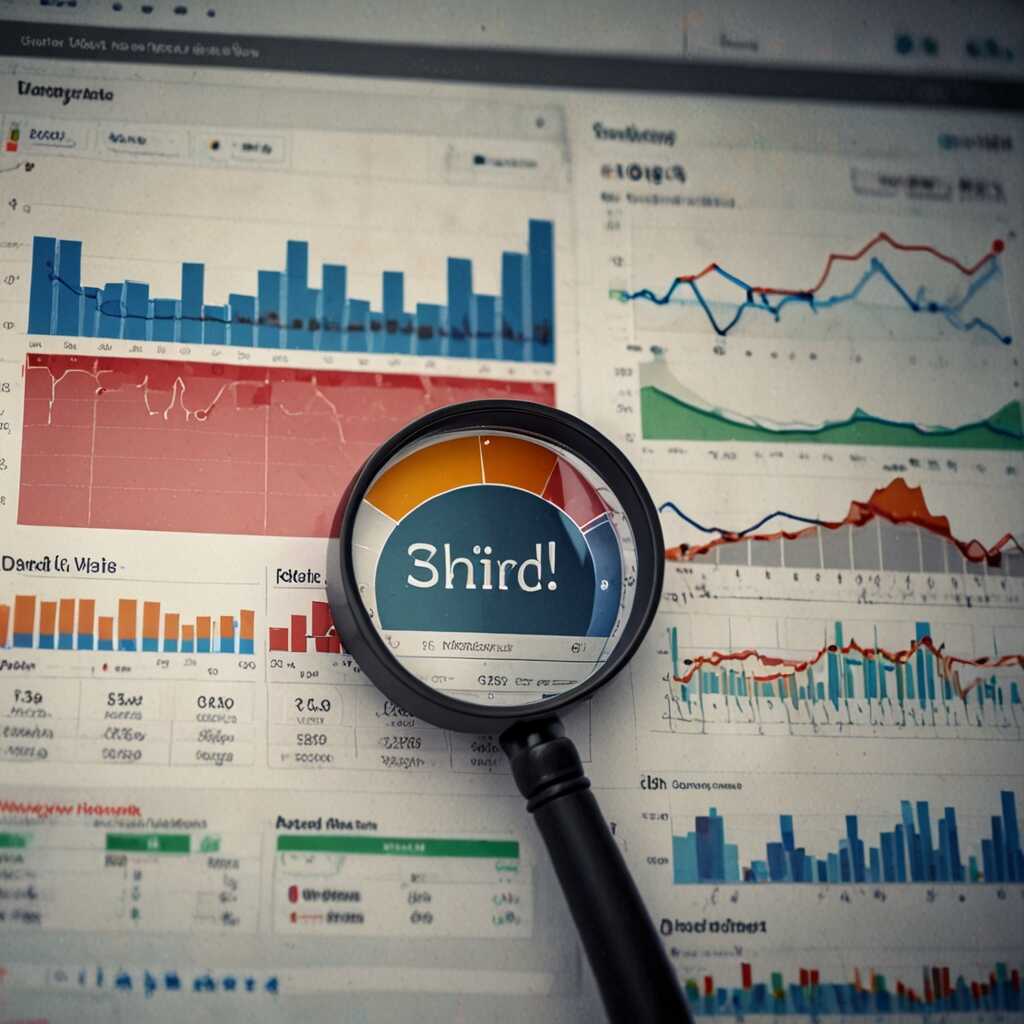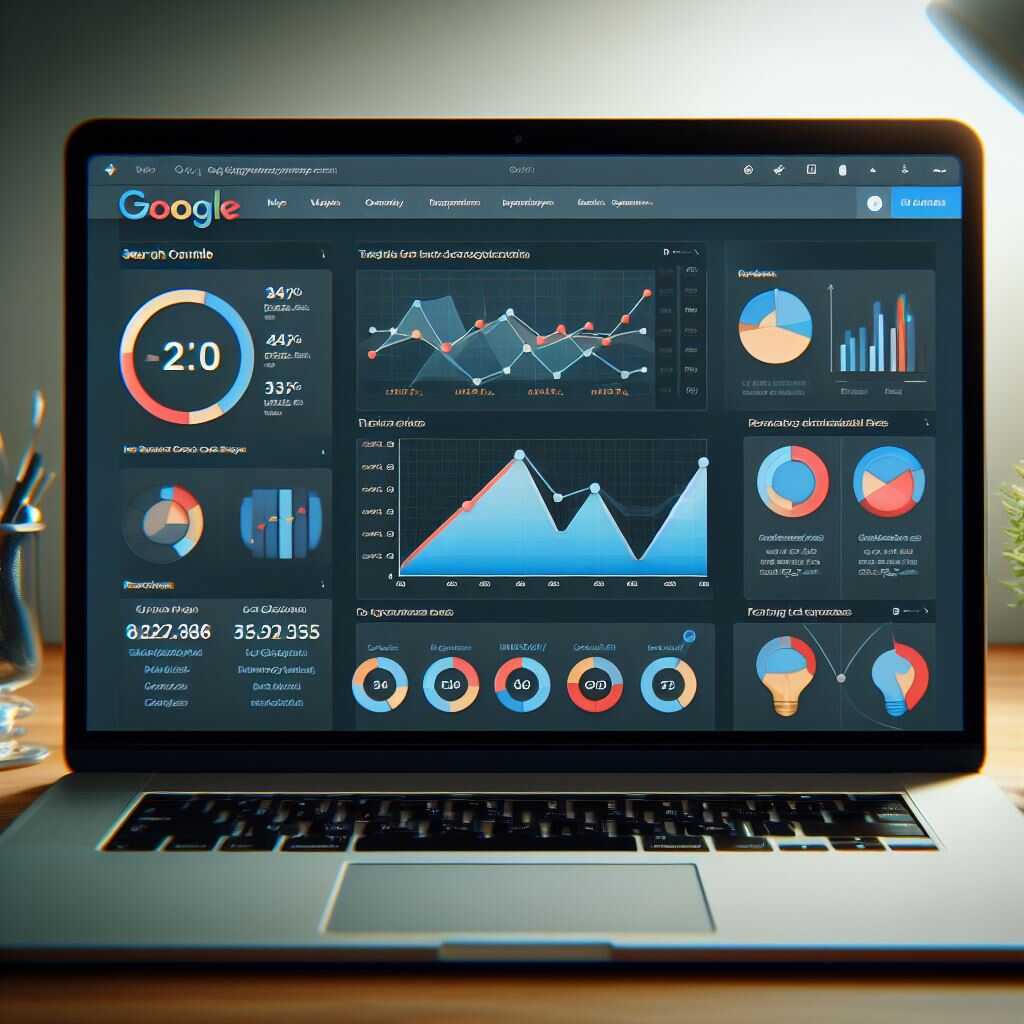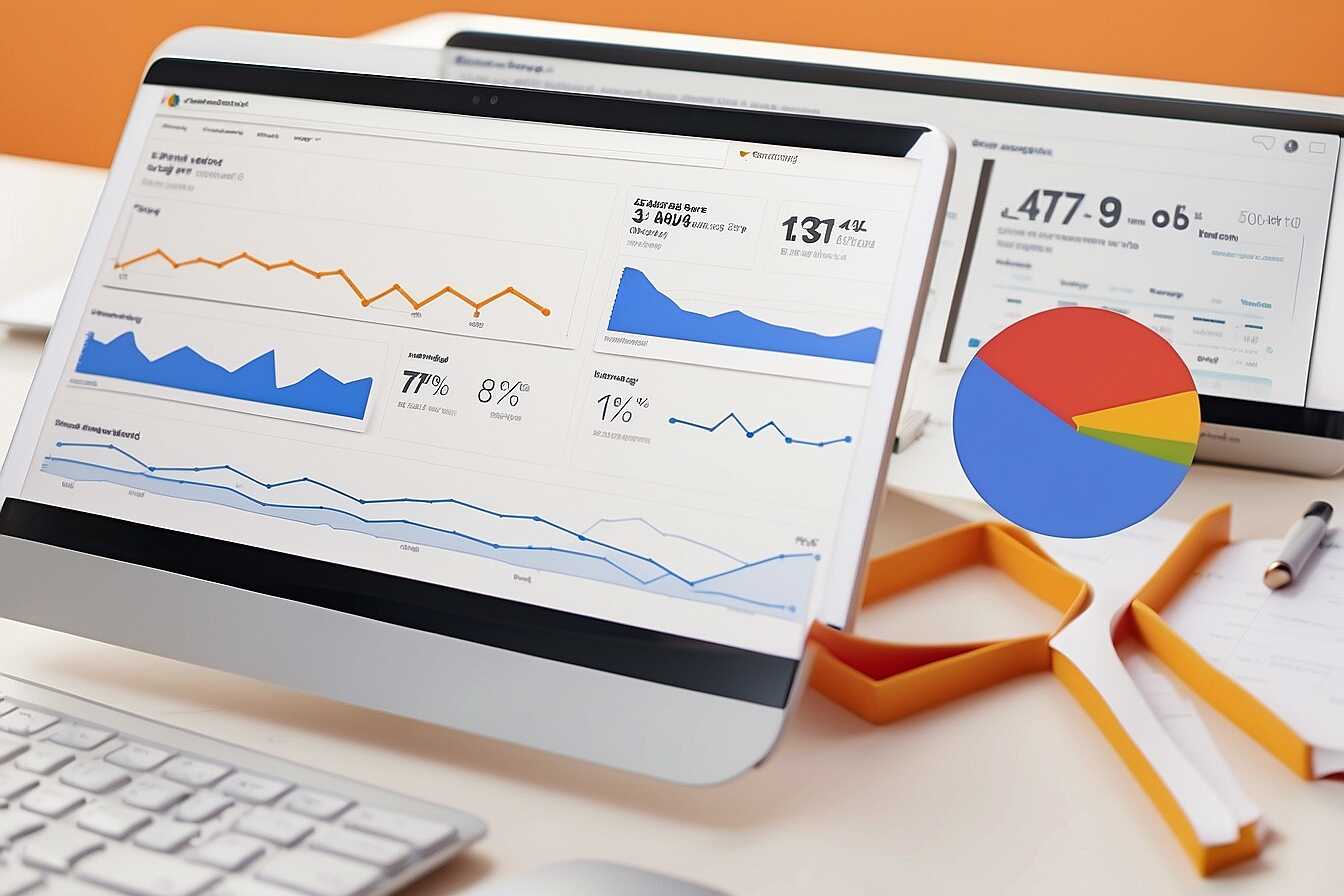Enhancing your internal linking structure using AI techniques can significantly improve your website’s SEO performance. By leveraging AI, you can optimize navigation and create a seamless user experience that boosts engagement. At Metrics Rule, we utilize innovative strategies that enhance your internal linking, ensuring your site is both user-friendly and search engine optimized. The right internal linking approach not only elevates your SEO efforts but also helps you connect content effectively, driving more traffic to your key pages.
The Role of Internal Linking in SEO Success
Internal linking plays a crucial role in SEO success by guiding both users and search engines. A robust internal linking structure enhances SEO performance significantly. By distributing link equity throughout your website, it helps search engines crawl and index your pages efficiently. Furthermore, a strategic internal linking framework keeps users engaged by providing them with relevant content, which can lead to lower bounce rates and higher conversions. Research shows that effective internal linking can increase organic traffic by up to 40% if implemented correctly.
Strategies for Effective Internal Linking
To enhance your internal linking strategy, consider creating a logical hierarchy on your website that connects related content. A well-designed internal linking framework will include contextual links within your content to relevant pages. Also, utilize anchor texts that contain targeted keywords to improve your chances of ranking higher in search engines like Google and Bing. Regularly review your internal links to ensure that they direct users to high-quality, valuable resources. Implementing these strategies can significantly improve user engagement and enhance overall SEO performance.
AI Tools for Internal Linking
AI tools like Screaming Frog, Ahrefs, and Semrush provide excellent features for internal link analysis. These tools help you evaluate your internal linking structure by crawling your website and highlighting which pages lack sufficient internal links. They enhance your SEO strategy by providing essential data on link distribution and keyword relevance. Additionally, tools such as Sitebulb and Moz offer deep insights into how effective your internal links are, ensuring that your website is optimized for both user experience and search engine performance.
Features to Look for in AI Internal Linking Tools
When selecting AI internal linking tools, focus on features such as data visualization, performance reliability, and ease of integration with SEO software. Tools that provide comprehensive site audits can highlight link opportunities and suggest ways to enhance your internal linking structure. Tools like Ahrefs and Screaming Frog include robust reporting features that analyze existing links and recommend the best keywords for targeting. You can also compare user reviews and ratings, looking for those that consistently achieve scores above 4.5 for accuracy and reliability, demonstrating proven effectiveness in enhancing website navigation and SEO.

Methods for Assessing Internal Linking Opportunities
To effectively assess internal linking opportunities, utilize a combination of manual audits and automated tools. Start with a website audit to identify existing internal links, ensuring they are contextual and relevant. Employ AI in SEO tools to analyze user behavior and discover high-traffic pages that could benefit from additional internal links. Most experts recommend maintaining around 3-5 internal links per page, but the number may vary based on content length and type.
Utilizing AI for Internal Linking Enhancements
AI in SEO can significantly improve the quality of your internal linking structure. By analyzing user data, AI tools can identify which pages are performing well and suggest optimal internal linking paths. For instance, AI can assess the behavior of visitors to see which pages they frequently navigate between. This information helps you design a link strategy that enhances user experience and boosts SEO rankings. Implementing AI tools for internal linking analysis streamlines the process, ensuring that your efforts yield high efficiency and effectiveness in improving site navigation and organic search visibility.
Key Metrics for Internal Navigation Improvement
- 75% of users navigate through internal links of a site.
- AI tools can analyze over 1,000 web pages in minutes.
- Websites with strong internal linking see a 20% increase in SERPs visibility.
- Effective linking boosts page indexing rate by 30%.
- Over 60% of users prefer easy navigation for better user experience.
- Sites with minimal clicks to content show a 50% lower bounce rate.
- Content clusters with internal links drive 40% more organic traffic.

Using AI for Content Creation and Smart Linking
AI tools assist in generating content that naturally incorporates internal links, enhancing the internal linking structure of your website. By analyzing existing content, these tools identify suitable points where internal links would provide value. Additionally, AI can craft text that maintains contextual relevance, ensuring that links lead to pages with related information. For effective internal linking, it is recommended that at least 70% of internal links maintain contextual relevance. This ensures users find what they need quickly, improving their experience and enhancing your website’s SEO performance.
Best Practices for Contextual Internal Linking
To maximize internal link efficiency, follow proven AI-driven strategies for contextual internal linking. Start by utilizing automated linking tools that analyze top-performing content on your site. These tools can suggest optimal locations for internal links based on keyword relevance and user engagement metrics. Additionally, consistently review your content with the intention of enhancing keyword integration and link placement. The goal is to ensure that internal links guide users to valuable information, thus enhancing their experience while boosting your website’s overall search engine rankings.

Essential Principles for Building a Strong Internal Linking Network
Building a solid internal linking network hinges on several foundational principles. First, ensure that your internal linking structure is intuitive, facilitating easy navigation for users. A clear linking strategy helps users find relevant content quickly, enhancing their overall experience. Additionally, consistency in your linking approach across all pages strengthens the coherence of your website, which is essential for SEO. Studies show that nearly 70% of users favor websites that maintain clear and consistent navigation elements.
Best Practices for Effective Internal Linking
To enhance the efficiency of your internal linking, start by creating a logical hierarchy for your site’s pages, ensuring that essential SEO practices are followed. Use descriptive anchor text that clearly indicates the linked content. For e-commerce sites like those catered to by Metrics Rule, linking product pages to related categories or blog posts can greatly improve user engagement. Regularly test your internal links for reliability and update any broken links to maintain good performance. This ongoing review and optimization ensures that your internal linking strategy remains useful and effective for both users and search engine crawling.
Advantages of Optimized Site Navigation
- Boosts user engagement by guiding them to related content.
- Effective internal linking enhances visibility in search results.
- Encourages longer time spent on the site by featuring relevant content.
- Drives conversions through smoother navigation paths for users.
- AI techniques can automate the identification of top linking opportunities.
- Improves crawl efficiency for search engine bots, aiding indexing.
- Reduces the need for external backlinks by showing website authority.

Evaluating Internal Link Performance
Monitoring internal link performance using AI analytics is essential for optimizing your website’s SEO. Key performance indicators (KPIs) to focus on include click-through rates (CTR), bounce rates, and time on page. Tools like Google Analytics and SEMrush provide valuable insights by measuring how effectively internal links drive traffic and enhance user engagement. Regularly reviewing these metrics assists in ensuring your internal linking structure is designed to improve website navigation, ultimately leading to better SEO results.
Utilizing AI Tools for In-Depth Link Analysis
Utilizing AI analytics tools can dramatically enhance your internal link optimization efforts. Tools such as Ahrefs and Moz are specifically designed to analyze your internal linking strategy, providing detailed reports on link equity, which highlights how PageRank is distributed across your site. They can handle large volumes of data, making it easy to spot underperforming links and explore new opportunities for improvement. This detailed analysis allows SEO professionals to make informed decisions, ensuring that their internal linking continues to boost overall site performance and user experience.
Avoiding Common Mistakes in Internal Linking
Common mistakes in internal linking can significantly harm your site’s SEO performance. One frequent pitfall is linking too few pages to key content, which restricts crawl efficiency. Another mistake is using identical anchor text, which reduces the diversity of keywords your pages target. Ineffective internal linking also makes it harder for users to navigate your site, negatively impacting user experience. Remember, research indicates that about 20% of web pages should connect back to your homepage, ensuring vital content remains accessible and improves site structure.
Improving Site Navigation through Internal Links
Enhancing site navigation is crucial for improving user engagement and SEO. By creating a logical internal linking structure, you ensure that visitors can easily find related content. Utilize breadcrumbs, contextual links, and a well-structured sitemap to guide users effectively. Good internal linking practices also improve crawlability, aiding search engines in indexing your site efficiently. By implementing effective linking strategies, you can reduce bounce rates and increase time on site, ultimately leading to better conversions, especially in e-commerce settings.
Brands Leveraging Innovative Navigation Solutions
- Google focuses on user experience, continually refining algorithms.
- HubSpot excels in automated internal linking suggestions for users.
- Wix offers easy tools for clients to design seamless navigation.
- Shopify has robust internal linking that supports eCommerce growth.
- Medium emphasizes content discovery through related articles linking.
- Squarespace provides customization but can be complex for beginners.
- WordPress excels in plugins but may overwhelm non-technical users.
Emerging Trends in AI-Driven Internal Linking Strategies
The rising use of AI in internal linking strategies showcases innovative approaches that enhance site navigation and optimize SEO performance. New tools are being developed that utilize AI algorithms to analyze data efficiently. These tools help identify the most relevant links for users, improving engagement and retention rates. As industries grow, the application of AI allows SEO professionals to refine their strategies based on real-time data and user behavior. In fact, over 30% of SEO practitioners are now integrating AI technology into their internal linking practices for better performance outcomes.
Key Features of AI-Powered Internal Linking Tools
AI-powered internal linking tools come equipped with features that significantly enhance user experience and boost SEO results. These tools utilize data analytics to identify the best internal link opportunities based on user queries and behaviors. They can dynamically update links to reflect the most relevant content, ensuring that users find information quickly. Additionally, integrating machine learning models allows these tools to adapt over time, improving their linking suggestions based on emerging trends in user search patterns. By utilizing these advanced features, eCommerce businesses can see substantial improvements in both site traffic and conversion rates.
